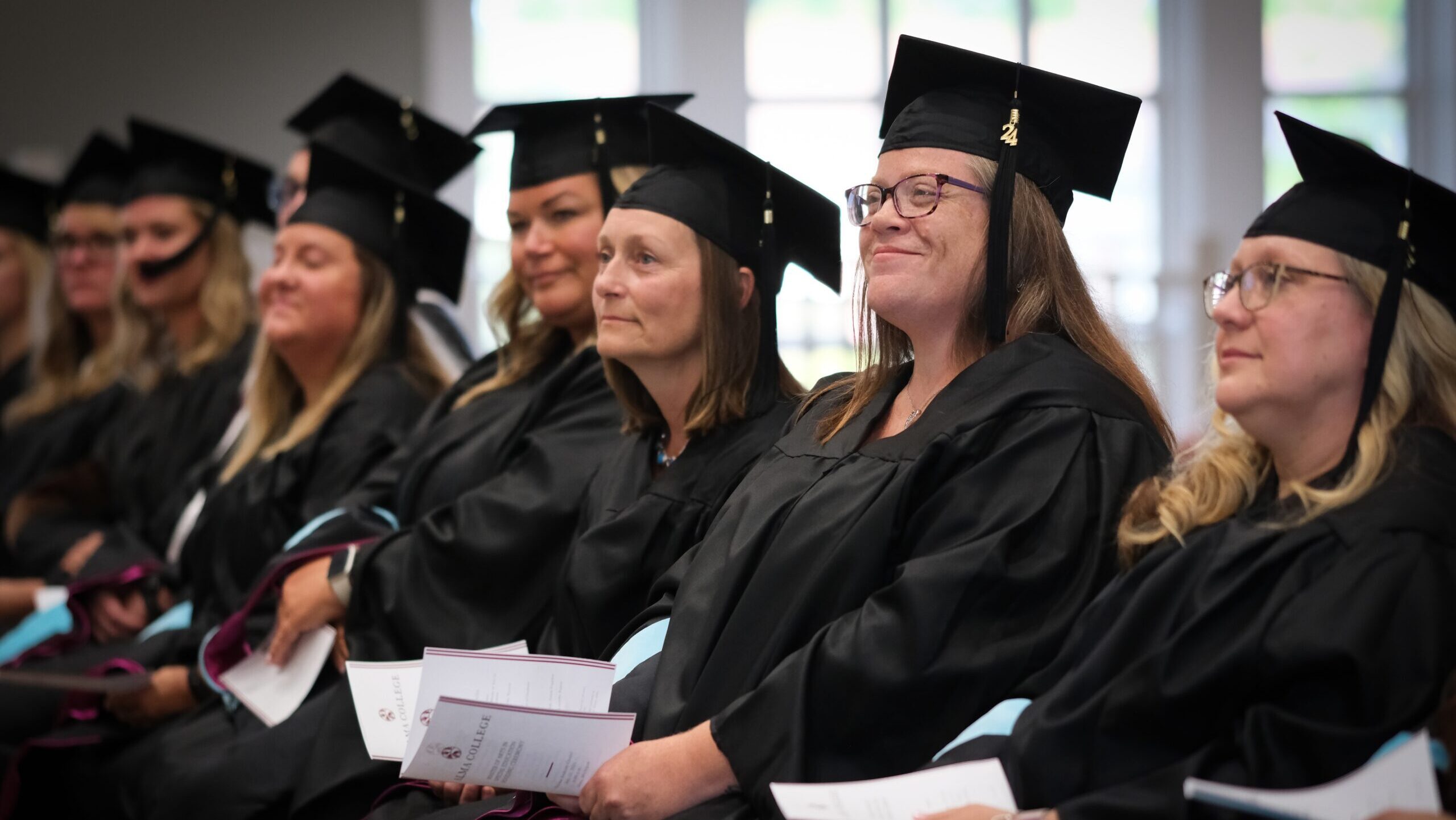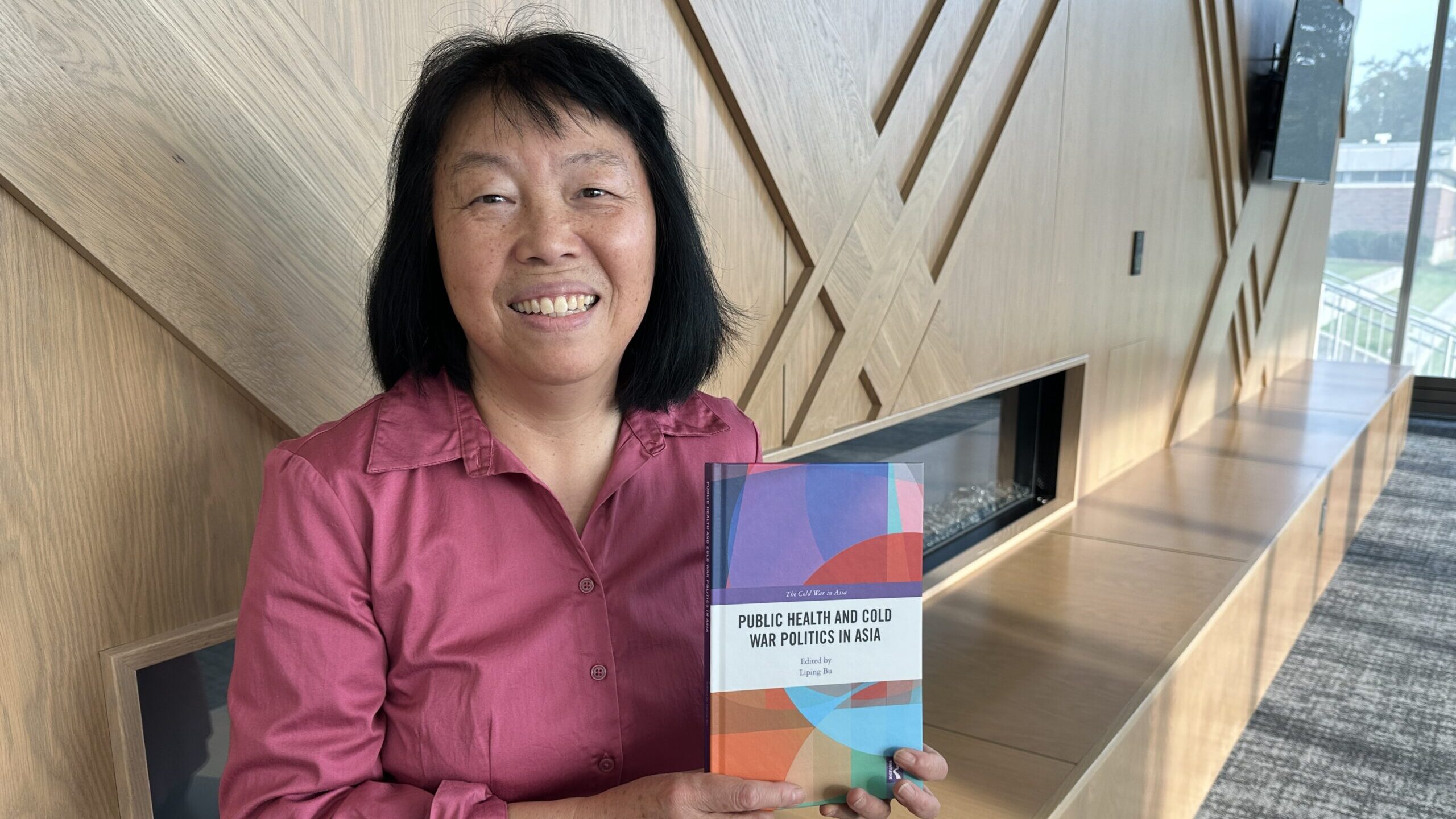ALMA — During the early years of the Cold War, Asia was a part of the world with competing models of development, which offered different political ideologies and economic enterprises. Public health and welfare of the people became a critical lens to look through to understand how one society differed from another.
Together with a team of contributors, Liping Bu, Reid-Knox Professor of American History at Alma College, compares and contrasts public health systems of six nations in “Public Health and Cold War Politics in Asia,” (Routledge, 2023).
“What I find interesting is that while Cold War politics absolutely influenced every country I studied, their economic productivity was more influenced by domestic policies than outside influences,” Bu said. “The right to health became a fundamental human right and the implementation of health-related policies became a key measure of success for these countries, driving national prosperity.”
According to Bu, the end of World War II threw Asia into a period of instability, with various political ideologies competing for influence across several nations. Chief among these ideologies, Bu said, were communist and socialist systems favored by China and North Korea, capitalist and democratic systems used by Japan and South Korea and independent or non-aligned systems utilized by India and Indonesia.
These competitions for influence were not fought on the battlefield, however. Bu said the advancement of a nation was decided on socioeconomic principles. Central to the discourse of a just society and the well-being of its citizens was the promotion of public health and welfare for the people, she added.
“We see this discussed in similar terms, even today, in the United States. Elections can be decided over topics like national healthcare, the cost of prescription drugs and the response to the COVID-19 pandemic. So, it’s easy to understand why this was such an important topic for these nations,” Bu said.
“Public Health and Cold War Politics in Asia” follows 2017’s “Public Health and the Modernization of China, 1865-2015,” which was written by Bu and also published by Routledge.
“Comparing and contrasting different systems is a classic way to learn more about any subject. Putting China, for example, into a larger context teaches us more about China than we would otherwise know,” Bu said. “So, it was wonderful and interesting for me to not only understand more about China, but the neighboring countries as well.”
Bu worked with a team of five contributors, mostly scholars from their respective nations, to complete the book. She said that native scholars make important contributions to the field of studies with original research of primary sources and cutting-edge theoretical concepts and interpretations. “They provided perspectives from their local language and materials, rather than a Western scholar’s evaluation.” Bu said. “It’s exciting for me, as a scholar of Chinese and American history, to read something that I did not know before.”



